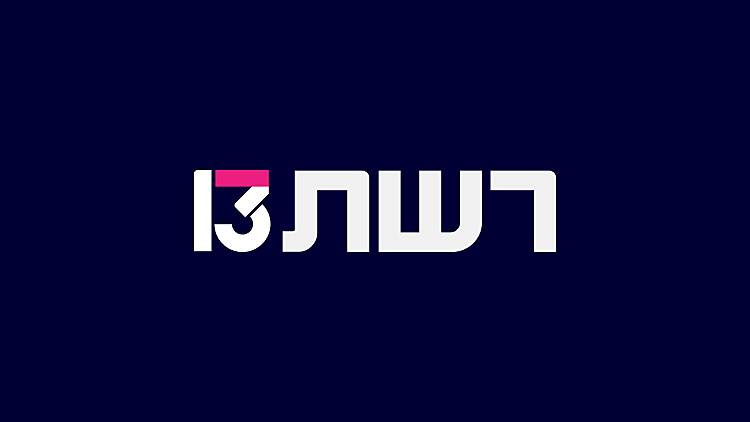כיסא המנהלים של כהן רועד
Israeli sport site is making a living where others have starved

By Ido Alon and Rotem Starkman
The can of plain instant coffee (economy size) on the counter in the small kitchen of the offices of sports news Web siteONE (Hebrew site), is perhaps one of the reasons for the site's operating balance in 2002, and for internal assessments that it will achieve profitability in 2003.
ONE's economic right to exist and its ability to sustain a staff of 30 employees is dependent on several factors. The three main ones, however, seem to be preserving a slim expense structure, as it has since its establishment in 1998; building a leading brand; and maintaining a variety of sources of revenue.
Granted, none of the founders or employees has become a millionaire or made any headlines for reaping impressive profits on his investment; but after five years of operation, during which many competing Web sites collapsed, ONE's shareholders can say, with a certain measure of satisfaction, that they are making a living, albeit a modest one, from an on-line business.
It simply has to be built properly; and like in sports, a bit of luck and good timing haven't hurt founders Ehud Milner and Gil Menkin.
To promote their fledgling enterprise, Milner and Menkin approached TV broadcaster Yoram Arbel and offered to set up (free of charge) the Web site for "Hadaka Hatishim V'ehad" (The 91st Minute), the TV sports program that Arbel was presenting at that time; the site was initially named after the program.
Following its launch, the site began providing limited coverage of Premier League soccer. "We would come in in the morning and update the site with information from the newspapers and TV," recall ONE's founders.
Milner and Menkin, however, were not the only ones at that time who were dreaming of legions of visitors to their site and stock issues at a market value of tens of millions of dollars. Among others, there was Walla's sports site, as well as pure sports sites such as Sportello.
High operating expenses, coupled with the inability to generate substantial revenues and the fact that only a few sites managed to build strong brands, lead to the closure of many sites.
Arbel joined Milner and Menkin in 1999, with an investment of a few tens of thousands of dollars, and currently holds 9% of ONE's shares. When Arbel's TV program was discontinued, the three partners decided to expand the site's coverage to all sports, and changed the site's name to ONE.
"We were looking for a catchy word with three letters that everyone knew how to spell in English," explains Milner.
In April 2000, at the very beginning of the big crash that paralyzed most Internet investments, Milner and Menkin sold 40% of the shares in Citynet (the company that operates ONE) to Telad, the Channel Two television franchisee. Telad invested $1 million in Citynet, based on a company value of $2.5 million.
Without distributing options or cars to employees, and without an advertising campaign, the three entrepreneurs did the rounds at the offices of large firms and private investors in search of capital. Even with the $1 million from Telad resting in its account, ONE did not increase its staff or rent fancy offices.
"There were only 10 of us," Menkin recalls.
When the daily papers added pages to their sports supplements, ONE expanded its operations. "The papers were providing news that we had already received at 9:00 the previous evening," explain Milner and Menkin, "And the relatively new items that are published are already irrelevant to our readers by the afternoon. People who read the sports section are, therefore, our best surfers."
Milner and Menkin report that the site receives some 350,000 visits per month, with each visit lasting 10-12 minutes. "Some 80-85% of our surfers are men, half of whom are under 25 years old," says Milner; "and many of them come to find updated headlines in the middle of their work day."
Compared to Walla and other content sites that rely almost entirely on revenue from advertising, ONE appears to be trying to create added value for advertisers, and also to provide content that will generate additional cash flow. ONE sells content to other Internet sites, to the cable and satellite TV companies and to the cellular telephone service providers.
Advertising revenues account for 50% of ONE's income, but the site's fastest growing source of revenue is the sale of content to the cellular companies. Hundreds of thousands of minutes of air time each month are sold via Pele-Phone (*15). ONE transmits regular real-time updates and headlines, which are updated every minute, to sports addicts and Toto (soccer pools) gamblers via audio and text messages to cellular telephones.
This field has grown considerably each month and now accounts for some 25% of ONE's revenues. It is one of Pele-Phone's most successful audio services. The other cellular companies purchase content from ONE via text messages (SMS) and cellular Internet access. One of the advantages of this service, from ONE's point of view, is that all the advertising is done by the cellular companies and ONE gains exposure for its other services too.
Advertising sales are affected by the audience that visits the site. "We have no trouble selling advertising campaigns to men," says Milner, noting that in the past, it was difficult to convince advertisers to run general campaigns on niche sites.
"Gradually, however, the advertisers are realizing the unique power of the surfers at such sites. There are surfers who log onto the Internet only for ONE, or only for financial news; so it is impossible to reach all of them via the general sites."
ONE now sells advertising directed at children, which is scheduled in the afternoon hours, and business advertising, which is scheduled in the morning.
"Advertisers still don't take the Internet seriously, though," say Milner and Menkin.
Even though advertising revenues are growing, they are still not enough to sustain large Internet sites or to provide significant profits. An average ad campaign at ONE lasts about two weeks and costs between $4,000 and $6,000. Advertisers on ONE include Bezeq, Tnuva, Osem, Cellcom and Coca Cola.
ONE's Toto initiative also provides some revenues. Toto players can fill out Winner and Toto forms at the site, and the heavy gamblers each leave the Israel Sports Betting Board (Sportoto) NIS 200 a day via the site. Even so, this service does not provide ONE with much money. Like any regular Toto outlet, ONE receives a distributor's fee of about 5% - less collection expenses and the credit card companies' clearing fees. Only a few thousand forms are filled out via the site each month.
BIG ONE is a new, separate site (run by ONE) that charges a fee for content. This new site includes articles, interviews with athletes and gossip about who has been seen where and when. Milner says that thousands of surfers have already paid for subscriptions.
"There are sites that just package content that can be obtained for free, or that offer e-mail services and want to be paid for them. ONE is not a newsletter site; instead it offers original content," he says.
Citynet is a privately-owned company, so Milner and Menkin declined to disclose financial data. Sources in their market niche, however, estimate that the company generated NIS 4 million in revenues in 2002.



